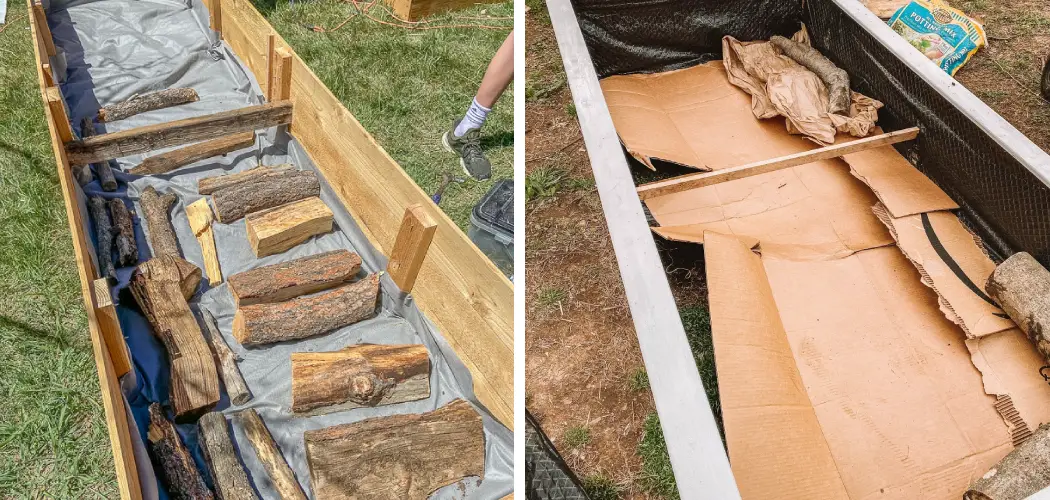If you want to start gardening or already have a garden bed, you might think that filling it with good soil will cost you an arm and a leg. But the truth is, you don’t have to break the bank to get fertile soil.
In this blog post, you will learn how to fill garden beds cheap without sacrificing the quality of the soil. You will discover inexpensive materials that you can use to amend your soil and make it ideal for growing healthy plants. So, let’s dive in and explore the secrets of filling garden beds on a budget.
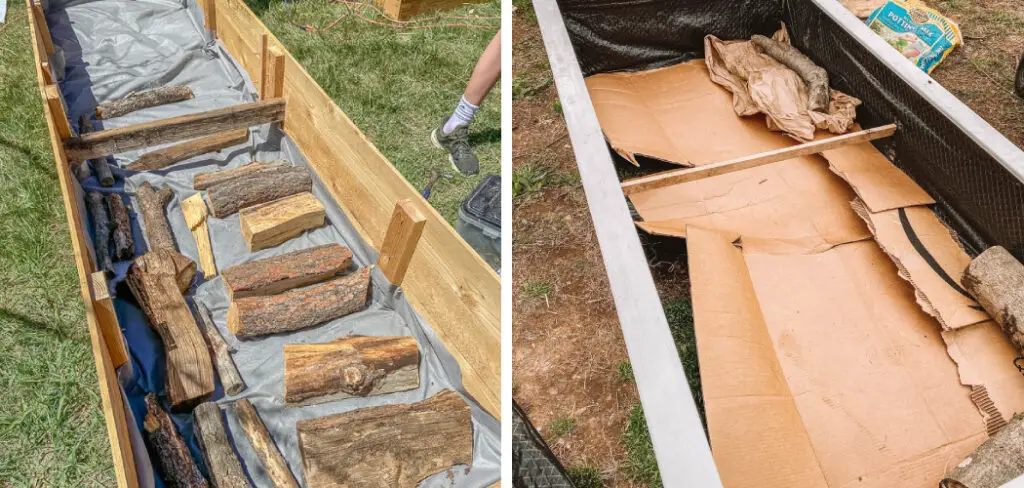
Can You Fill Garden Beds Cheaply?
Gardening enthusiasts searching for a low-cost way to fill their garden beds will be pleased to know that there are several ways to do so without breaking the bank.
A popular method is utilizing compost and other organic materials, such as leaf mold and grass clippings, to add nutrients to the soil. In addition, many gardeners swear by making their own soil mix with a combination of peat moss, vermiculite, and perlite. Another affordable option is purchasing bulk soil from a local garden center or landscaping company.
With a bit of creativity and resourcefulness, it’s possible to have a flourishing garden without spending a fortune.
Why Should You Fill Garden Beds Cheaply?
Gardening is a rewarding hobby that many people love to enjoy. However, setting up a garden can be an expensive affair.
This is where filling garden beds cheaply can be incredibly useful. By filling your garden beds for less, you can save money while enjoying all the gardening benefits. Not only does this make it more accessible for those on a budget, but it also means that you can experiment with different types of plants without worrying about breaking the bank.
Whether you’re a beginner or an experienced gardener, filling your garden beds cheaply is a great way to enjoy all the wonders of gardening without the hefty price tag.
How to Fill Garden Beds Cheap and Still Get Fertile Soil
1. Use Compost
Composting is an affordable and sustainable way to enrich your soil. You can create your compost by collecting kitchen scraps, yard waste, and fallen leaves. Once you have enough compost, you can use it to amend your garden bed soil.
Compost adds organic matter, enhances soil structure, and provides plant growth nutrients. You can also buy compost from local suppliers or municipalities at a fraction of the cost of commercial fertilizers.
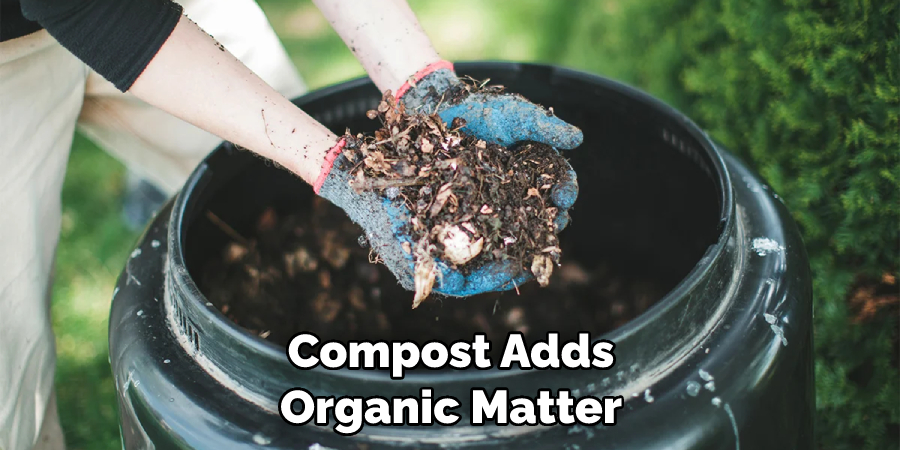
2. Utilize Cover Crops
Cover crops are plants you grow to improve the soil’s health naturally. They work by fixing nitrogen, increasing microbial activity, and suppressing weeds. You can plant cover crops such as clover, peas, or beans in your garden bed during fall or winter.
After they grow, you can chop them up and mix them into the soil as green manure. Cover crops promote soil fertility, prevent soil erosion, and maintain soil moisture.
3. Newspaper and Cardboard
Newspaper and cardboard are excellent materials to use as a base layer when creating a new garden bed. They function as a barrier to weeds and grass, allowing water and air to penetrate the soil.
To use them, wet the newspaper or cardboard and lay them on the desired area. Then, cover them with soil, compost, or other amendments. Over time, the paper and cardboard will break down and become part of the soil.
4. Mulch
Using mulch is another inexpensive way to maintain soil moisture, reduce erosion, and suppress weeds. You can use any organic materials as mulch, such as straw, wood chips, leaves, or grass clippings. Mulch also improves soil health by enhancing soil structure, promoting beneficial microorganisms, and adding nutrients. Apply a few inches of mulch around your plants, leaving a small gap around the stem to prevent rotting.
5. Mix with Sand and Peat
Adding sand and peat can improve if your garden bed soil has poor drainage or a high clay content. Sand increases drainage and aeration, while peat retains moisture and adds acidity to the soil.
However, you only need to add a small amount of sand and peat, preferably less than 20% of the soil volume. You can also use sawdust, perlite, vermiculite, or coconut coir as alternatives to peat.
6. Buy Bulk Soil
You can buy soil in bulk from local gardening centers or retailers for a fraction of the cost of buying bags of soil. It’s best to buy organic soil that contains compost and other amendments, so you don’t have to amend it yourself. You can also add nutrients such as manure, fish emulsion, or bone meal to the soil to increase fertility.
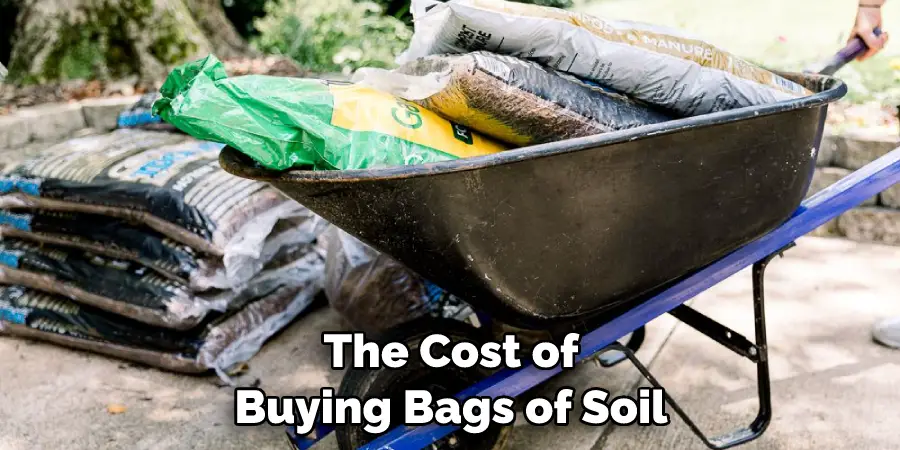
7. Recycle Soil
You can also use your soil and recycle it from other parts of your garden or yard. Remove as much grass and weed roots as possible before adding the recycled soil to your garden bed. You may also need to amend the soil with compost, sand, and peat for better drainage and aeration.
That’s it! You’ve now learned how to fill garden beds cheap. Keep in mind that the key is to use organic materials or purchase a soil mix that already contains amendments. Doing so will save you time and money in the long run.
5 Considerations Things When You Need to Fill Garden Beds Cheap
1. Buy in Bulk
One of the best ways to fill your garden beds cheaply is to buy in bulk. Buying large quantities of mulch, compost, and other materials can help you save money on your garden supplies. Many nurseries and garden centers offer discounts for bulk purchases, so it’s worth shopping for the best deal.
Additionally, you may be able to find cheaper materials at local recycling centers or by bartering with friends or neighbors who have extra soil or mulch they don’t need.
2. Use Free Materials
Another way to fill your garden beds cheaply is to use free materials. You can find free organic matter such as leaves, grass clippings, and wood chips from local parks or vacant lots. Additionally, you can collect manure from nearby farms or stables for a nutrient-rich soil amendment. Composting kitchen scraps is also an excellent way to create nutrient-rich soil without spending money.
3. Plant Cover Crops
Planting cover crops is another great way to fill your garden beds cheaply. Cover crops are plants that are grown specifically for their ability to improve soil quality by adding organic matter and increasing its fertility. Some common cover crops include clover, winter rye, buckwheat, and vetch.
These plants will help improve the structure of your soil while providing food for beneficial insects and wildlife in your garden.
4. Make Your Own Soil Mixes
Making your own soil mixes is another cost-effective way to fill your garden beds cheaply.
By mixing different types of organic material such as compost, sand, peat moss, and vermiculite, you can create nutrient-rich soil that will help promote healthy plant growth without breaking the bank. You can also add fertilizers such as bone meal or fish emulsion to give your plants an extra boost of nutrients if needed.
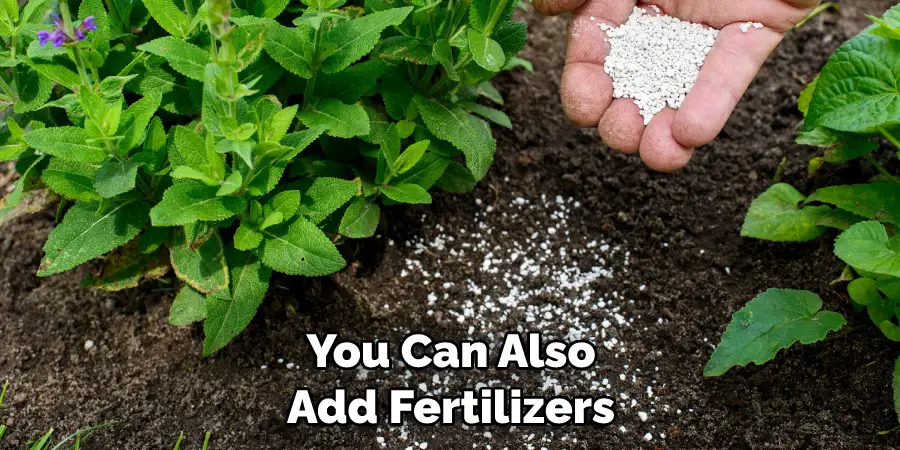
5 Reuse Old Containers
Reusing old containers is another great way to save money when filling your garden beds cheaply.
Instead of buying new pots and planters whenever you want to start a new project in the garden, try reusing old containers, such as buckets or plastic bins that you have lying around the house or garage instead! Not only will this save you money, but it’s also better for the environment since it reduces waste and keeps these materials out of landfills.
Plus, you can always dress up your containers with paint or stickers for a unique look!
These five considerations will help you fill your garden beds cheaply without sacrificing quality. Don’t be afraid to get creative when finding the best materials and supplies for your garden – plenty of cost-effective ways to create a beautiful space without breaking the bank!
Benefits of Fill Garden Beds Cheap
Gardening is a wonderful way to spend your free time, and there’s nothing quite as satisfying as watching your efforts pay off with a bountiful harvest. But gardening can be expensive, especially if you’re starting out. Fortunately, an easy and affordable solution is filling your garden beds with cheap, natural materials. Using compost, straw, and leaves can decrease costs while providing your plants with all the nutrients they need to thrive. Not only will this method help you save money, it’s also great for the environment – you’ll recycle yard waste instead of sending it to the landfill. So if you’re looking for an economical way to start a garden, consider the benefits of filling your beds with inexpensive, natural materials.
Some Common Mistakes People Make When Trying to Fill Garden Beds Cheap
There are ways to save money for those looking to fill their garden beds without breaking the bank. However, it’s important to be mindful of some common mistakes that people make. One of these mistakes is opting for cheap, low-quality soil.
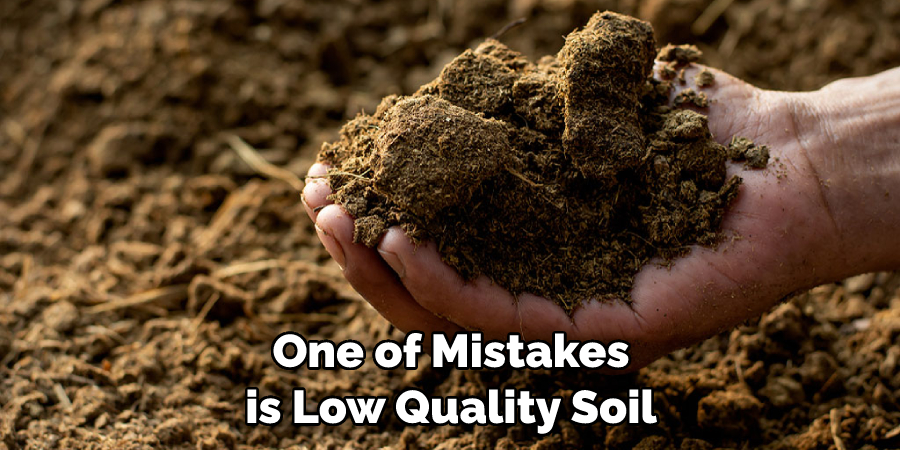
While it might save you a few dollars initially, you may spend more in the long run when your plants fail to thrive. Another mistake is neglecting to consider the specific needs of your chosen plants. It’s important to research and ensure that the soil you select contains the right nutrients for your chosen plants.
Finally, be wary of purchasing already stressed or diseased plants, as they may not survive in your garden bed. You can achieve a beautiful garden without breaking the bank by avoiding these common mistakes.
Conclusion
Filling garden beds cheap does not mean compromising the quality of your soil. Using compost, cover crops, newspaper and cardboard, mulch, and mix with sand and peat, you can create fertile soil without spending a fortune. These ways are more sustainable and beneficial to your garden than synthetic fertilizers or buying expensive soil mixes. So, experiment with these methods and see how your plants can thrive in a budget-friendly garden bed. Thanks for reading our post about how to fill garden beds cheap.

